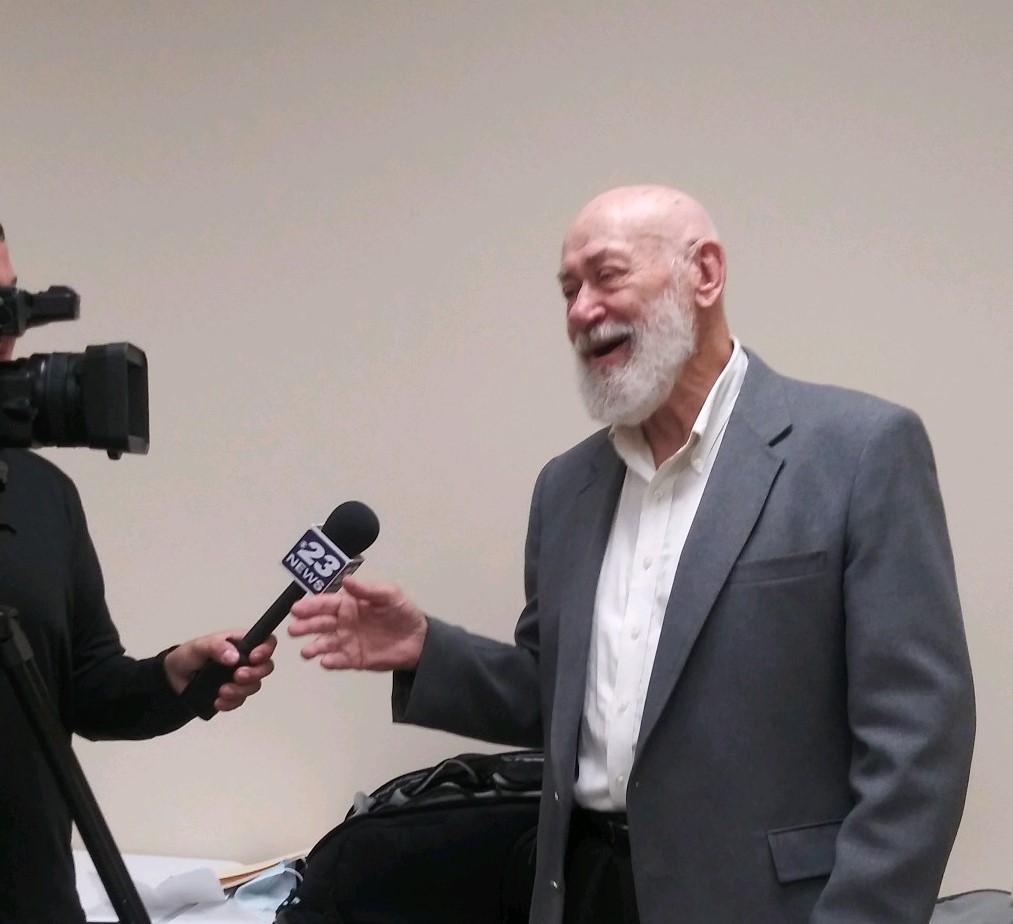Winnebago County increased property taxes by nearly $1 million for the 2021 tax year despite Rockford’s effort to keep taxes stable. While this tax increase was made in daylight, several tax increases have been heaped upon taxpayers under the cover of the corrupt and massive Illinois State government.
“Rockford taxpayers have been tolerating some of the highest tax rates in the state and the country,” stated Val W. Zimnicki of Taxpayers United of America. “Now they have state bureaucrats dumping on them as well.”
“Now that Gov. J. B. Pritzker signed SB508 into law, the state can sneak in new property taxes. Specifically, SB508 allows the state to increase this year’s property tax by the amount of refunds due to adjustments from last year.”
“So, when I get my senior discount, the amount I save is covered by everyone else in my district. A classic ‘redistribution of wealth’. That phrase, redistribution of wealth, is a misnomer. It conveniently leads one to believe that only the wealthy are negatively affected by it when, in reality, it affects the middle class by supplanting the tax burden to them.”
“The big guy in Springfield also keeps reducing the amount of revenue collected by the state income-tax that is returned to the local district. When Local Government Distributive Fund (LGDF) was enacted, the amount was set at 10% of the total state income-tax revenue collected to be returned to the local governments. Pritzker just decreased it to 6.06%! Bureaucrats want nothing else but to see property tax increases to offset this.
“Which brings us to the $64 million question: why are bureaucrats so despite to raise our taxes? Their own benefit, that’s what. Many government employees are paid lavish salaries using our property taxes, which in turn sets their starting state pension. Furthermore, pension plans in the Illinois Municipal Retirement System are primarily funded with property taxes.”
The pensions and salaries of the local government retirees take the biggest bite out of the property-tax revenue pie. The government schools impose the greatest property tax hikes. Approximately 58.8% of property-tax increases went to the government schools.
“Rockford area government pensioners are bleeding the area’s taxpayers dry. How can a Winnebago County retiree soak the taxpayers for more than $5 million in property taxes? Simply by retiring at the age of 57 with an annual pension of $175,970. Winnebago County retiree Paul A. Logli did just that and will collect $5,074,976 over a normal lifetime.
“Retired Rockford teacher, Alan S. Brown, began draining taxpayers at the age of 55. His current annual pension is $194,493 and will accumulate to a stunning $5,322,245 when he reaches 85 years of age.”
“Kishwaukee College’s David Louis is on track to collect $4,735,522 by age 85, thanks to his constitutionally protected 3% cost of living adjustment (COLA) on his current annual pension of $197,577.”
“There are no quick fixes for Illinois’ dire financial situation, although the solutions are painfully obvious: stop adding new hires to the same broken system and place them in a defined contribution plan like a 401(k), increase the amount that government employees contribute to their own pension, get a referendum on the ballot to end the 3% compounded COLA.”
Click here to view top 200 Rockford IMRF 2020 pensions
Click here to view top 200 Rockford TRS pensions
Click here to view top 200 Rockford SURS pensions






